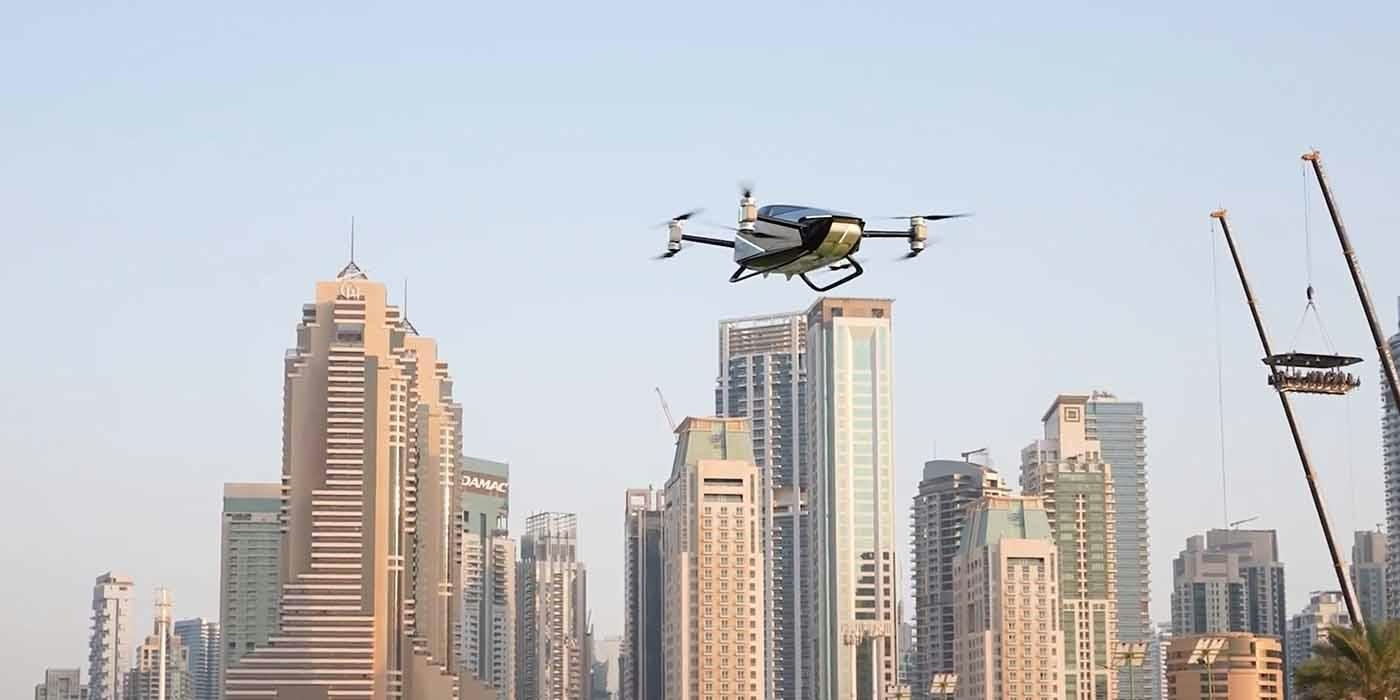
AeroGenie — Your Intelligent Copilot.
Trending
Categories
United Airlines Joins Major Carriers in Adopting New Aircraft Technology
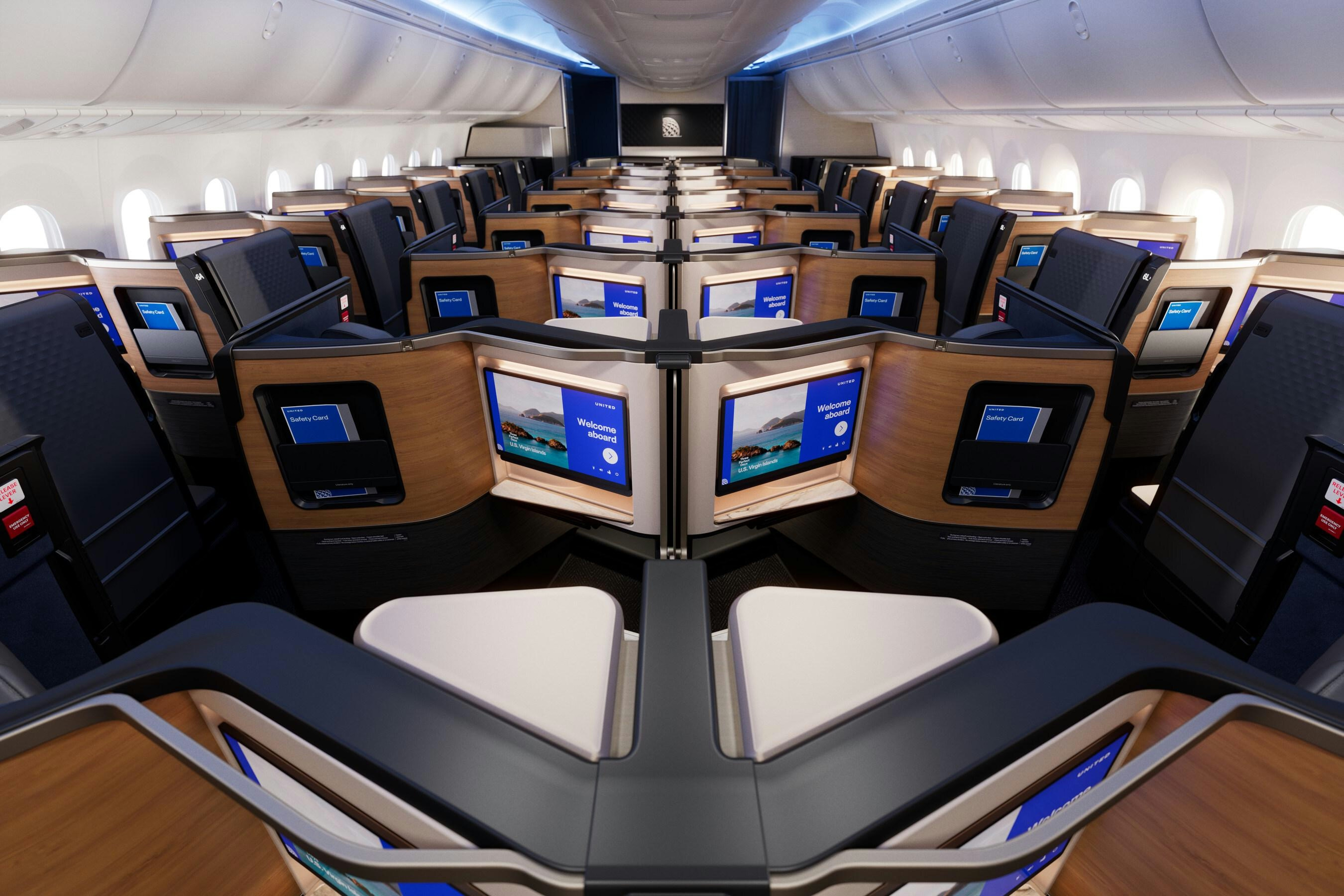
United Airlines Advances Fleet Modernization with Next-Generation Aircraft
United Airlines has joined a select group of leading global carriers—including American Airlines, Delta Air Lines, Qatar Airways, Singapore Airlines, and Japan Airlines—in a significant transformation of their fleets through the adoption of next-generation widebody aircraft. This strategic investment in models such as the Boeing 787 Dreamliner and Airbus A350 aims to address the growing demand for international travel while enhancing fuel efficiency and passenger comfort.
The Shift Toward Widebody Jets and Sustainability
The increasing deployment of widebody jets is reshaping the aviation industry across North America, Asia, Europe, and the Middle East. Airlines are expanding their fleets with these advanced aircraft to open new routes and better serve high-demand markets. Widebody aircraft provide greater seating capacity, extended range, and improved fuel economy, making them particularly well-suited for long-haul flights connecting major global hubs. Beyond operational benefits, this transition supports broader sustainability objectives by reducing emissions and advancing the industry’s environmental commitments.
In addition to widebody aircraft, United Airlines is incorporating the Airbus A321XLR, a narrowbody plane with extended range, into its modernization efforts. This aligns with a wider industry trend, as competitors such as American Airlines retrofit older Boeing 777-200s and introduce premium business class products on their own A321XLRs. The emphasis on enhanced seating and onboard experiences reflects airlines’ focus on attracting high-value customers and adapting to evolving passenger expectations.
Challenges Amid Technological Advancements
Despite the promising outlook, United faces challenges in rolling out new aircraft technology. The airline has voiced concerns about the potential impact of a U.S. government shutdown on traveler confidence, which could dampen demand during this critical period of fleet renewal. Furthermore, recent operational disruptions—such as an outage of Amazon Web Services that affected United and other major carriers—underscore the vulnerabilities associated with increased reliance on digital infrastructure and advanced technology systems.
Nevertheless, the commitment to fleet modernization remains resolute across the industry. Airlines are betting that investments in fuel-efficient, passenger-centric aircraft will position them to navigate a rapidly evolving market while supporting long-term sustainability goals. The Boeing 787 Dreamliner, in particular, has become a cornerstone of many carriers’ long-haul strategies, offering a combination of reduced emissions and enhanced passenger comfort on international routes.
As United Airlines and its peers continue to modernize their fleets, the global aviation landscape is poised for a transformation that promises greater efficiency, sustainability, and comfort for travelers worldwide.
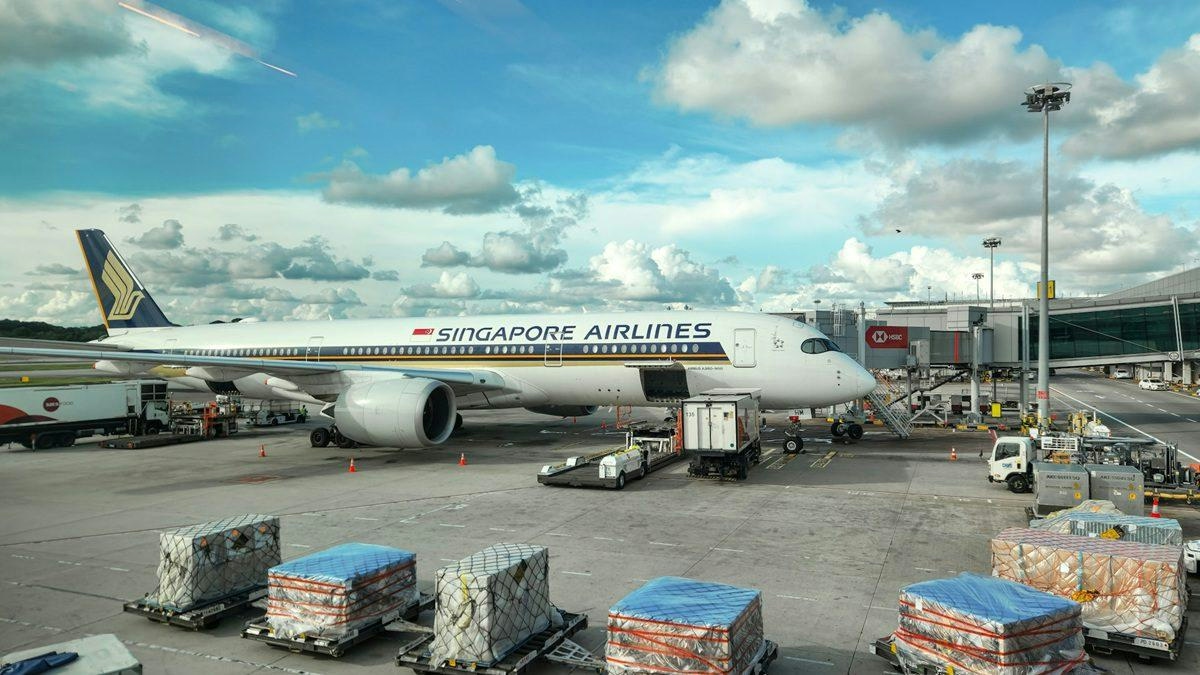
Singapore Airlines Commits to Innovation and Excellence in Travel

Boeing Prepares 777X Prototype for Dubai Airshow Flight Demonstration
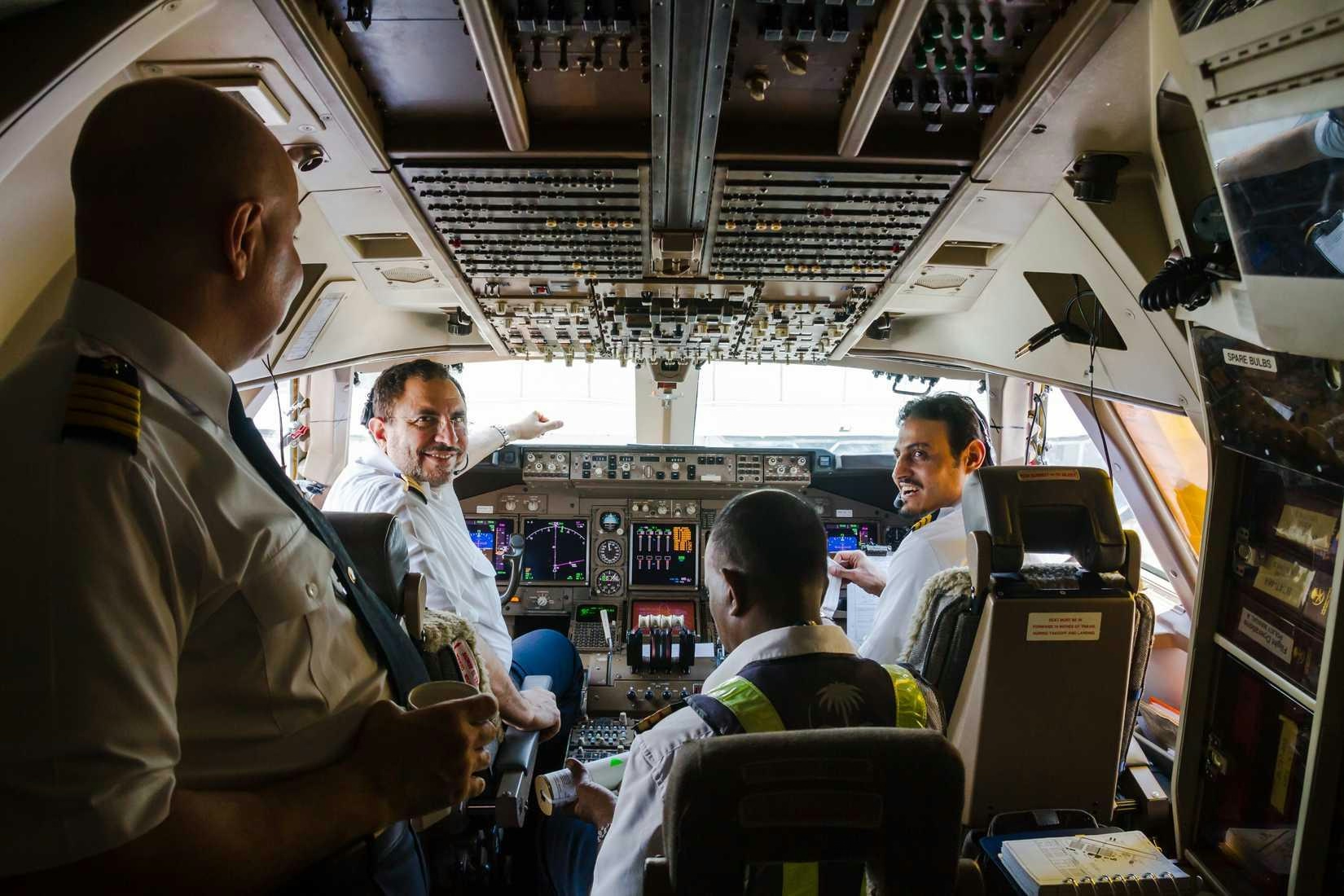
Comparison of Pilot Salaries in the US and Europe

Japan Airlines Explores AI and Smart Tourism at UN Tourism Assembly in Riyadh

Major Airlines Expand Use of Narrowbody Aircraft
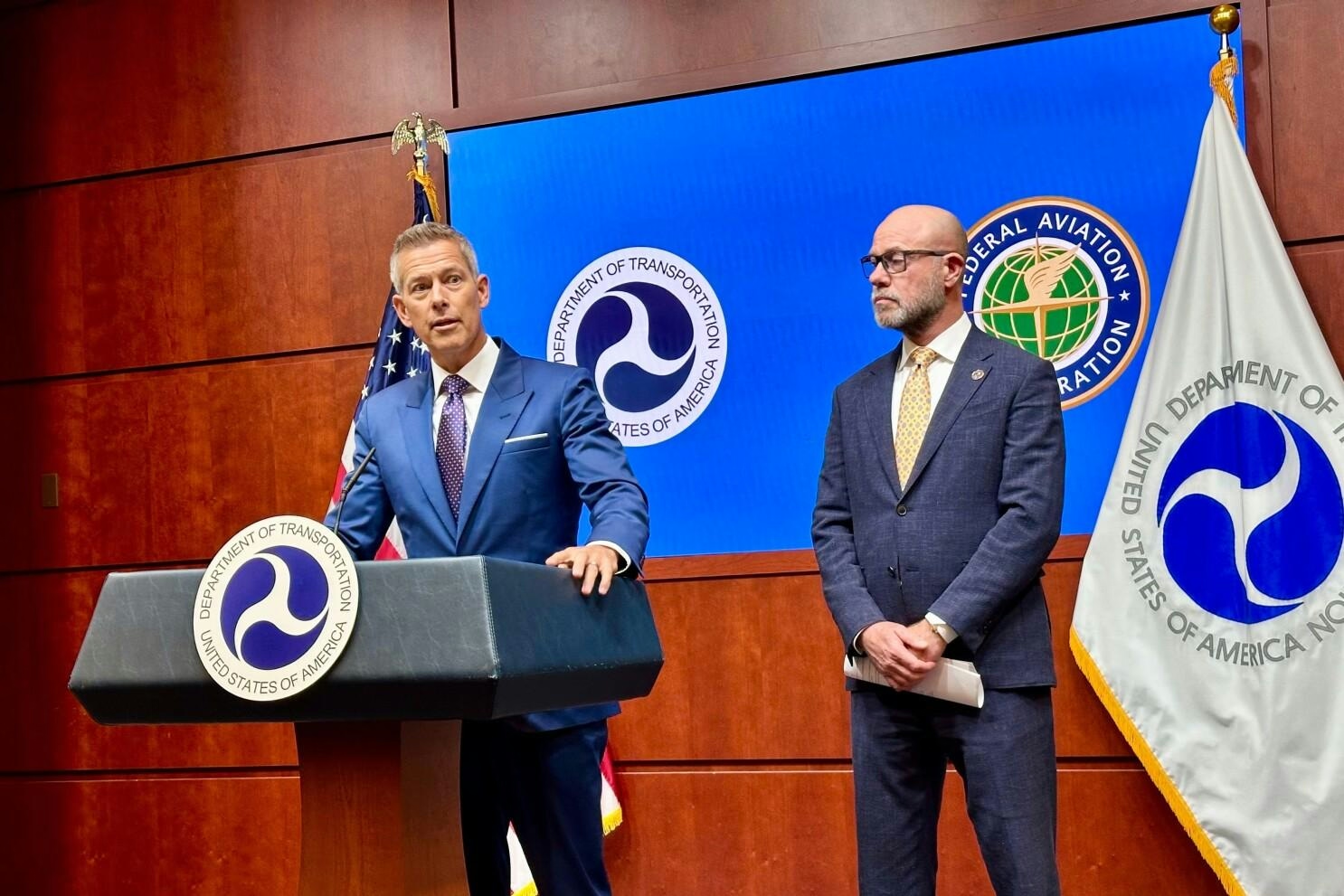
Airline CEOs Urged Trump Officials to Defend Flight Reductions
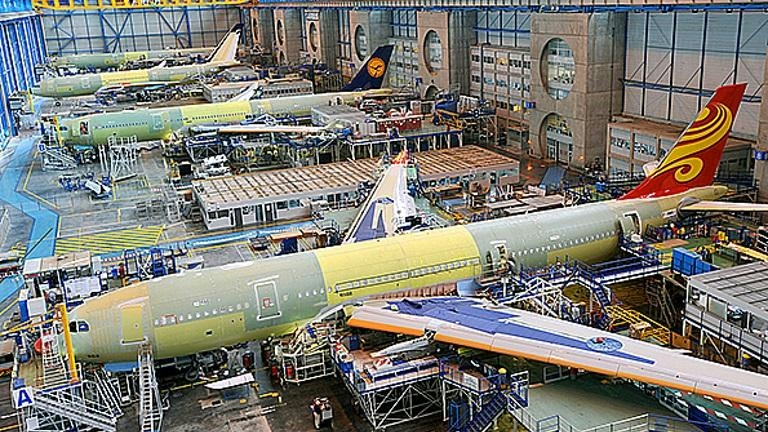
Airbus Orders Rise Amid Global Demand Exceeding Capacity

Germany Signs $1.2 Billion Deal with Leading Helicopter Manufacturer
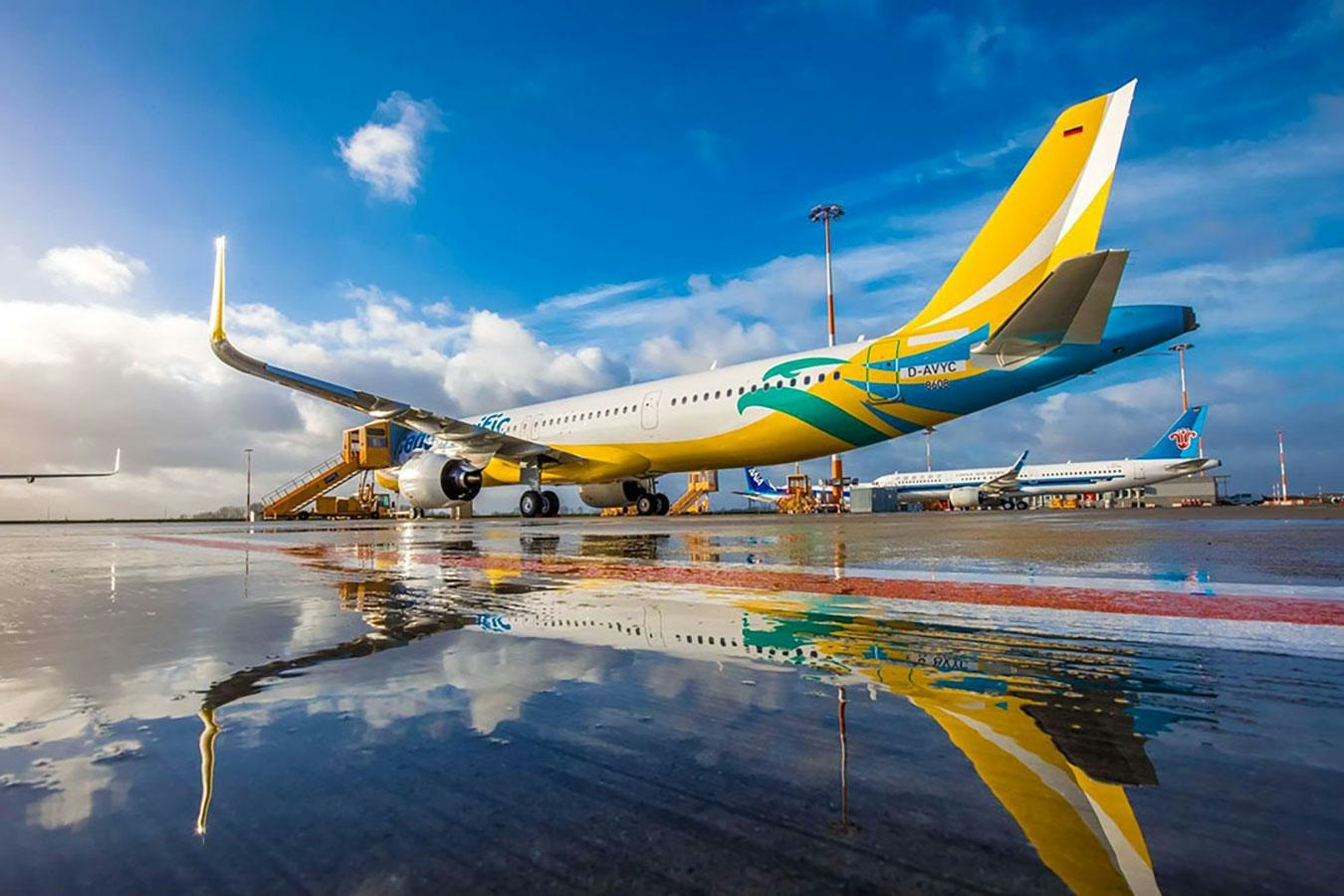
Cebu Pacific Introduces Damp-Leased Aircraft to Improve Travel Experience
